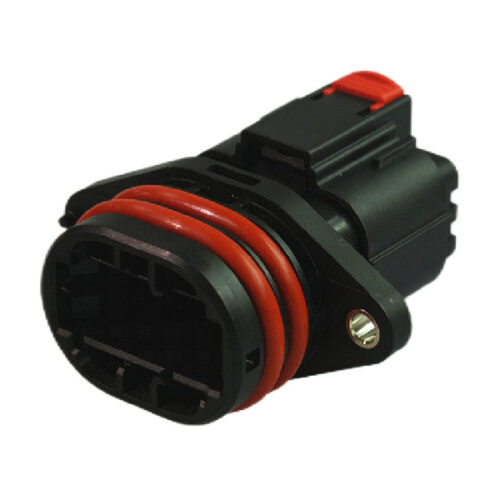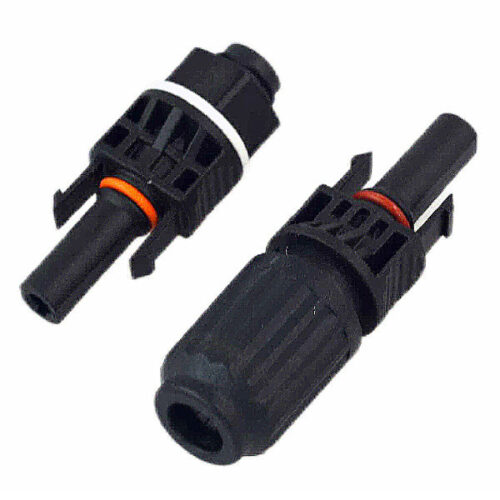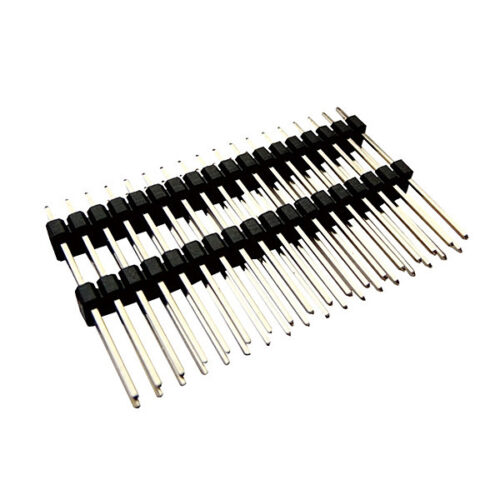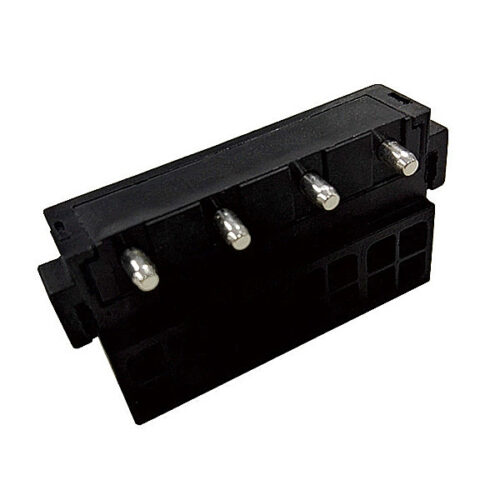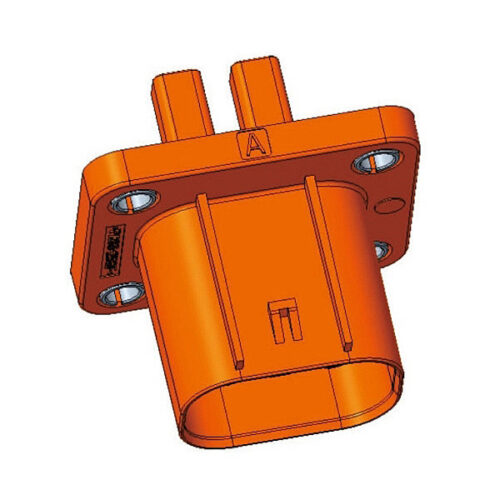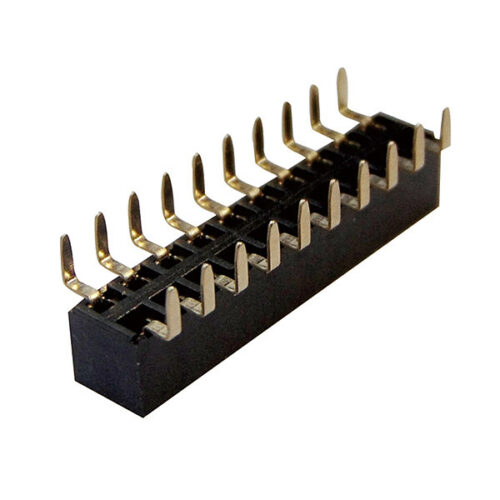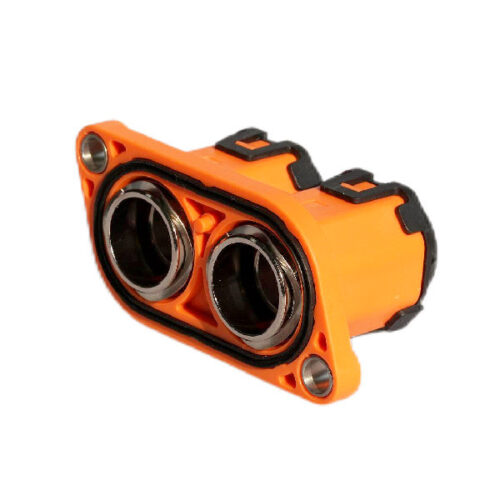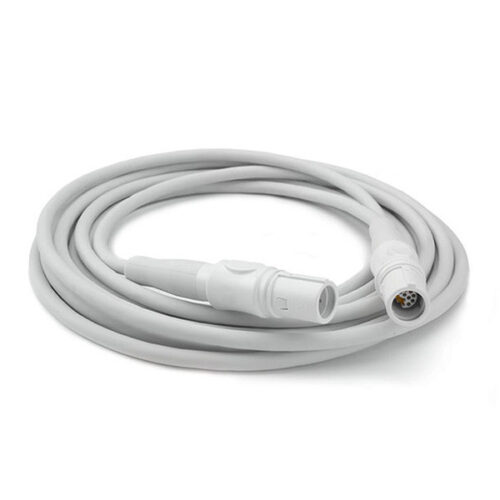Blogs & News
We are focus on automotive wiring harness & connectors technology.
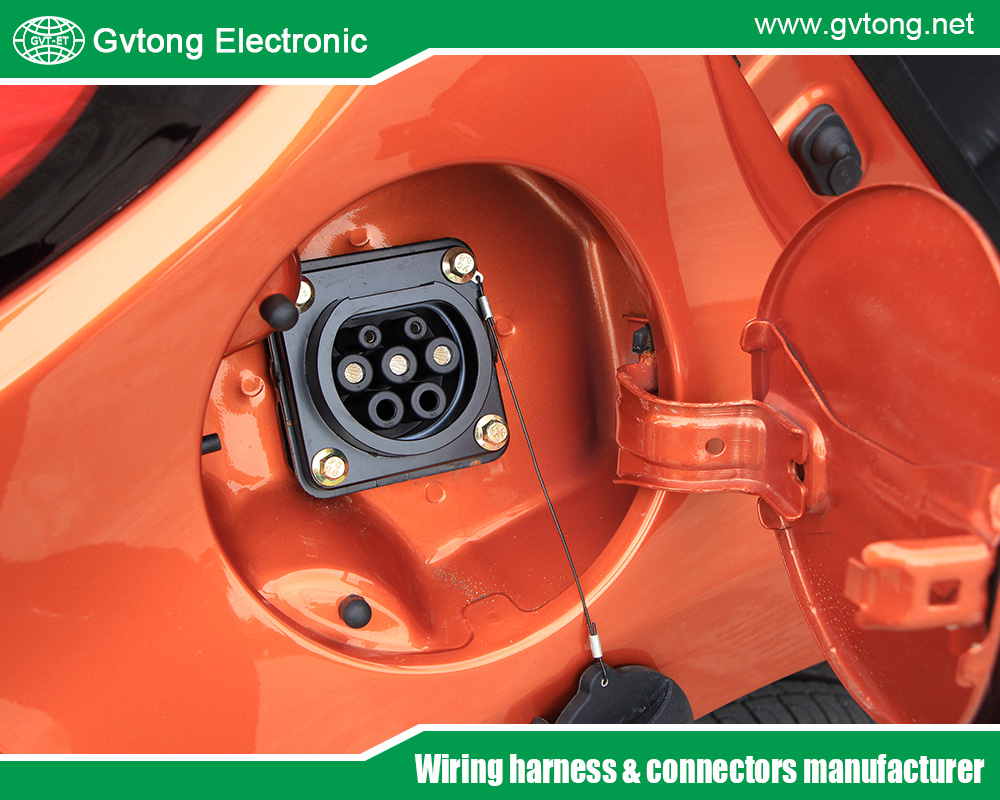
Core Value of 9-Cavity Connectors in the Electric Vehicle Field
- Gvtong Electronic
- 9-cavity connectors, 9-cavity connectors factory, 9-cavity connectors manufacturer, 9-cavity connectors market, 9-cavity connectors supplier, ADAS sensor connectors, Anti-vibration automotive connectors, automotive electrical connector, automotive High voltage connector, automotive Low voltage connector, automotive Oil-resistant Connectors, Automotive shielded connectors, automotive waterproof connectors, Battery management system (BMS) connectors, best core value of 9-cavity connectors, best core value of 9-cavity connectors manufacturer, Blind-mate automotive connectors, core value of 9-cavity connectors, EV charging connectors, Fuel cell connectors, High-speed data connectors, High-temperature resistant connectors, In-cabin infotainment connectors, Lightweight automotive connectors, Low-contact resistance connectors, Modular automotive connectors, OEM-specific connectors, Oil-resistant automotive connectors, Pre-charge/discharge connectors, Quick-fit automotive connectors, V2X communication connectors
- No Comments
Core Value of 9-Cavity Connectors in the Electric Vehicle Field
The electric vehicle (EV) industry is undergoing a transformative phase, driven by advancements in battery technology, powertrain efficiency, and connectivity. At the heart of these innovations lies a critical yet often overlooked component: the 9-cavity connector. These connectors serve as vital links in the intricate electrical systems of EVs, ensuring reliable power delivery, signal transmission, and system integration. With their compact design, robust performance, and versatility, 9-cavity connectors have become indispensable in addressing the unique challenges of EV manufacturing and operation. This article delves into the core value of 9-cavity connectors in the EV field, exploring their technical specifications, applications in key EV systems, and their role in enhancing safety, efficiency, and scalability. By examining their impact on the EV ecosystem, we highlight why these connectors are pivotal to the future of sustainable transportation and the broader electrification movement.
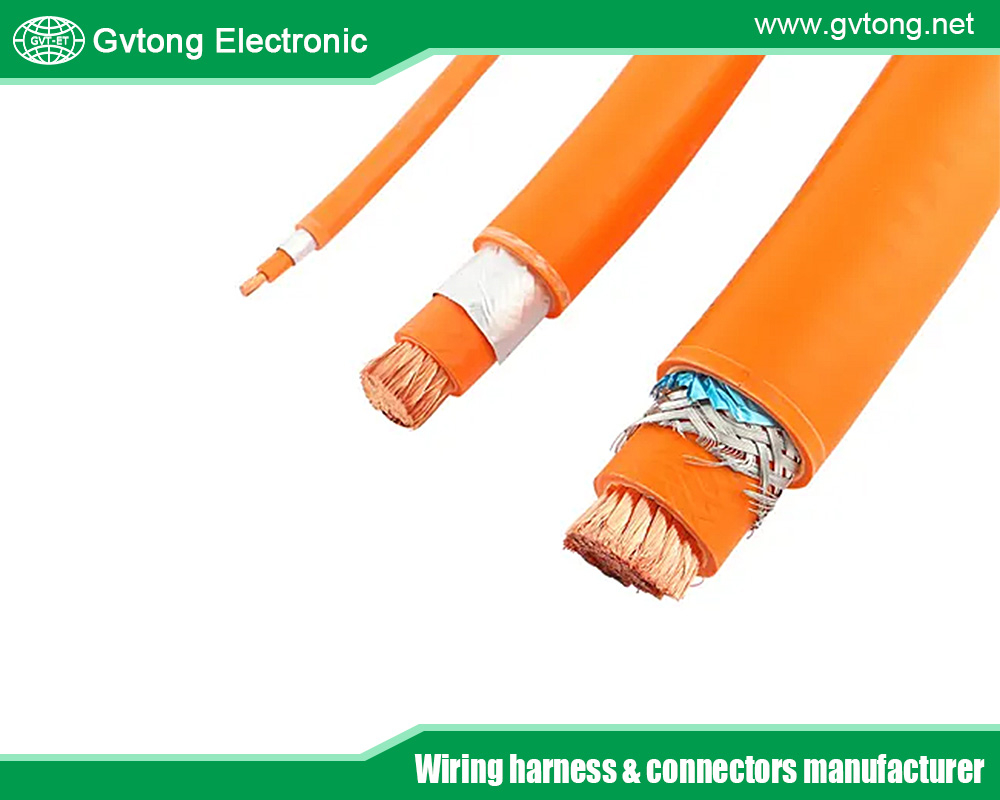
Understanding 9-Cavity Connectors
A 9-cavity connector is a multi-pin electrical connector designed to house nine individual terminals within a single housing. These connectors are engineered to facilitate secure and efficient connections between various electrical components in complex systems. In EVs, where space, weight, and reliability are critical, 9-cavity connectors offer a compact solution for transmitting power, data, and signals. Typically constructed from durable materials like high-grade plastics or composites, these connectors are designed to withstand harsh environmental conditions, including extreme temperatures, vibrations, and moisture—common challenges in automotive applications.
The “9-cavity” designation refers to the number of terminal slots within the connector, which can accommodate wires for power, ground, or signal lines. These connectors often feature locking mechanisms, such as latch or screw systems, to ensure secure mating and prevent accidental disconnection. Their modular design allows for customization, enabling manufacturers to tailor pin assignments to specific EV functions, such as battery management, motor control, or infotainment systems. Additionally, 9-cavity connectors are compatible with standardized automotive protocols, ensuring interoperability across different EV models and manufacturers.
In the EV context, 9-cavity connectors are valued for their balance of capacity and compactness. Unlike larger connectors that may be bulkier or smaller ones with limited pin counts, the 9-cavity design strikes an optimal balance, making it ideal for the diverse and demanding electrical architectures of modern EVs.
Applications in Electric Vehicles
The versatility of 9-cavity connectors makes them integral to multiple EV systems, each with unique electrical and environmental requirements. Below are key applications where these connectors deliver significant value:
- Battery Management Systems (BMS)
The battery is the heart of an EV, and the BMS ensures its optimal performance by monitoring voltage, temperature, and state of charge. 9-cavity connectors are used to link sensors, controllers, and battery modules, enabling precise data transmission and power distribution. Their ability to handle multiple signal types within a single connector reduces wiring complexity, saving space and weight—crucial factors in EV design. Additionally, their robust sealing protects against dust and water ingress, ensuring reliable operation in the high-voltage environment of EV batteries.
- Powertrain and Motor Control
EVs rely on electric motors for propulsion, and 9-cavity connectors facilitate communication between the motor, inverter, and control units. These connectors transmit high-current power and control signals, ensuring smooth operation of the powertrain. Their vibration-resistant design is critical in withstanding the mechanical stresses of driving, while their compact size allows integration into tight spaces within the motor assembly.
- Charging Systems
Efficient and safe charging is a cornerstone of EV usability. 9-cavity connectors are employed in charging interfaces to connect the vehicle’s onboard charger to external charging stations. They support both power delivery and communication protocols, such as those used in Combined Charging System (CCS) or CHAdeMO standards. Their durability ensures consistent performance over thousands of mating cycles, a necessity for frequent charging in daily use.
- Infotainment and Telematics
Modern EVs are equipped with advanced infotainment and telematics systems, providing navigation, connectivity, and driver assistance features. 9-cavity connectors link displays, sensors, and communication modules, enabling seamless data exchange. Their ability to handle multiple signal types (e.g., CAN bus, Ethernet) within a single connector simplifies wiring harnesses, reducing manufacturing costs and improving reliability.
- Thermal Management Systems
EVs generate significant heat, particularly in batteries and motors. 9-cavity connectors are used in thermal management systems to connect temperature sensors, cooling pumps, and control units. Their resistance to high temperatures and environmental stressors ensures consistent performance, contributing to the longevity and safety of EV components.
By serving these diverse applications, 9-cavity connectors enhance the modularity and scalability of EV designs. Manufacturers can standardize connector types across different systems, streamlining production and reducing costs while maintaining high performance.
Technical Advantages of 9-Cavity Connectors
The core value of 9-cavity connectors in EVs stems from their technical advantages, which address the unique challenges of automotive electrification:
- Compact and Lightweight Design
Space and weight are premium in EVs, as they directly impact range and efficiency. 9-cavity connectors offer a high pin density in a small footprint, reducing the need for multiple connectors or bulky wiring harnesses. This compactness contributes to lighter vehicles and improved energy efficiency.
- High Reliability and Durability
EVs operate in demanding conditions, including temperature fluctuations, vibrations, and exposure to moisture. 9-cavity connectors are designed with robust materials and sealing technologies (e.g., IP67 or IP69K ratings) to ensure reliability in these environments. Their ability to maintain secure connections over long periods reduces maintenance costs and enhances vehicle longevity.
- Versatility and Customization
The 9-cavity configuration supports a mix of power, ground, and signal lines, making it adaptable to various EV subsystems. Manufacturers can customize pin assignments to meet specific requirements, such as high-current power delivery for motors or low-voltage signals for sensors. This flexibility simplifies system integration and supports innovation in EV design.
- Cost-Effectiveness
By consolidating multiple connections into a single unit, 9-cavity connectors reduce the number of components and assembly steps required in manufacturing. Their standardized designs also enable economies of scale, lowering production costs for automakers and, ultimately, consumers.
- Compatibility with Automotive Standards
9-cavity connectors are designed to meet stringent automotive standards, such as ISO 16750 for environmental conditions and SAE J1939 for communication protocols. This ensures compatibility with existing and emerging EV technologies, facilitating interoperability and future-proofing vehicle designs.
These technical advantages make 9-cavity connectors a cornerstone of EV electrical architectures, enabling manufacturers to balance performance, reliability, and cost in a competitive market.
Impact on Safety and Efficiency
Safety and efficiency are paramount in the EV industry, and 9-cavity connectors play a critical role in both. Their robust design minimizes the risk of electrical faults, such as short circuits or loose connections, which could lead to system failures or safety hazards. For example, in high-voltage battery systems, secure connections are essential to prevent arcing or overheating, which could result in fires or damage. The locking mechanisms and sealed housings of 9-cavity connectors ensure stable connections, even under vibration or thermal stress.
From an efficiency perspective, 9-cavity connectors reduce energy losses by maintaining low-resistance connections. In high-current applications like motor control, even minor resistance can lead to significant energy waste, reducing the vehicle’s range. The high-conductivity materials used in these connectors minimize such losses, contributing to overall vehicle efficiency.
Moreover, the streamlined wiring enabled by 9-cavity connectors reduces electromagnetic interference (EMI), which can disrupt sensitive electronics in EVs. By integrating multiple signals into a single connector, they reduce the need for extensive wiring, lowering EMI and improving system performance. This is particularly important for advanced driver-assistance systems (ADAS), where reliable data transmission is critical for safety features like collision avoidance and lane-keeping.
Future Trends and Innovations
As the EV industry evolves, 9-cavity connectors are poised to adapt to emerging trends. The rise of autonomous driving and vehicle-to-everything (V2X) communication will increase the demand for connectors capable of handling high-speed data alongside power. Innovations in connector materials, such as lightweight composites or advanced polymers, will further enhance their suitability for next-generation EVs. Additionally, the push for faster charging and higher-voltage systems will drive the development of 9-cavity connectors with enhanced thermal management and current-carrying capacity.
The integration of smart features, such as embedded sensors for real-time monitoring of connection integrity, could also become a reality, further improving reliability and safety. As EV adoption grows globally, standardized 9-cavity connectors will play a key role in ensuring compatibility across diverse markets and charging infrastructures.
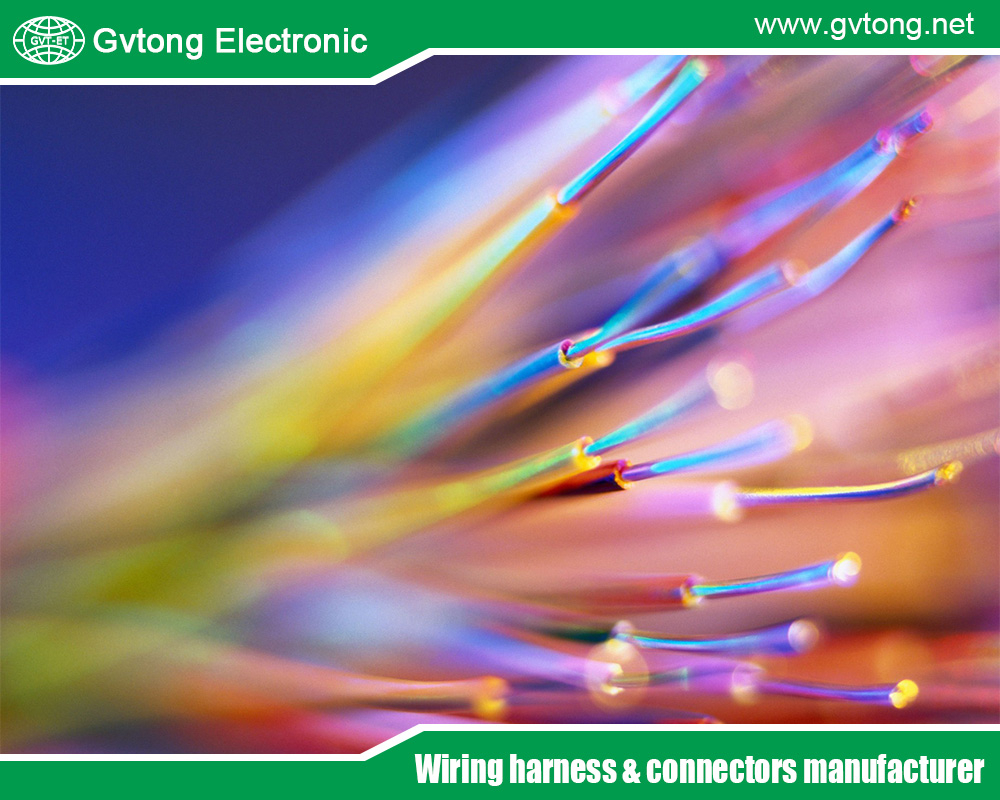
Conclusion
The 9-cavity connector may be a small component, but its impact on the electric vehicle industry is profound. By enabling reliable, efficient, and safe connections across critical systems—ranging from battery management to infotainment—these connectors are indispensable to the EV ecosystem. Their compact design, durability, and versatility address the unique challenges of automotive electrification, supporting the development of lighter, safer, and more efficient vehicles. As the EV market continues to grow, 9-cavity connectors will remain at the forefront, adapting to new technologies and driving innovation. By facilitating seamless integration and scalability, they not only enhance the performance of individual vehicles but also contribute to the broader adoption of sustainable transportation. In an era defined by the shift to electrification, the core value of 9-cavity connectors lies in their ability to connect the present to a cleaner, more efficient future.
For more about the best core value of 9-cavity connectors in the electric vehicle field, you can pay a visit to Gvtong at https://www.gvtong.net/ for more info.

